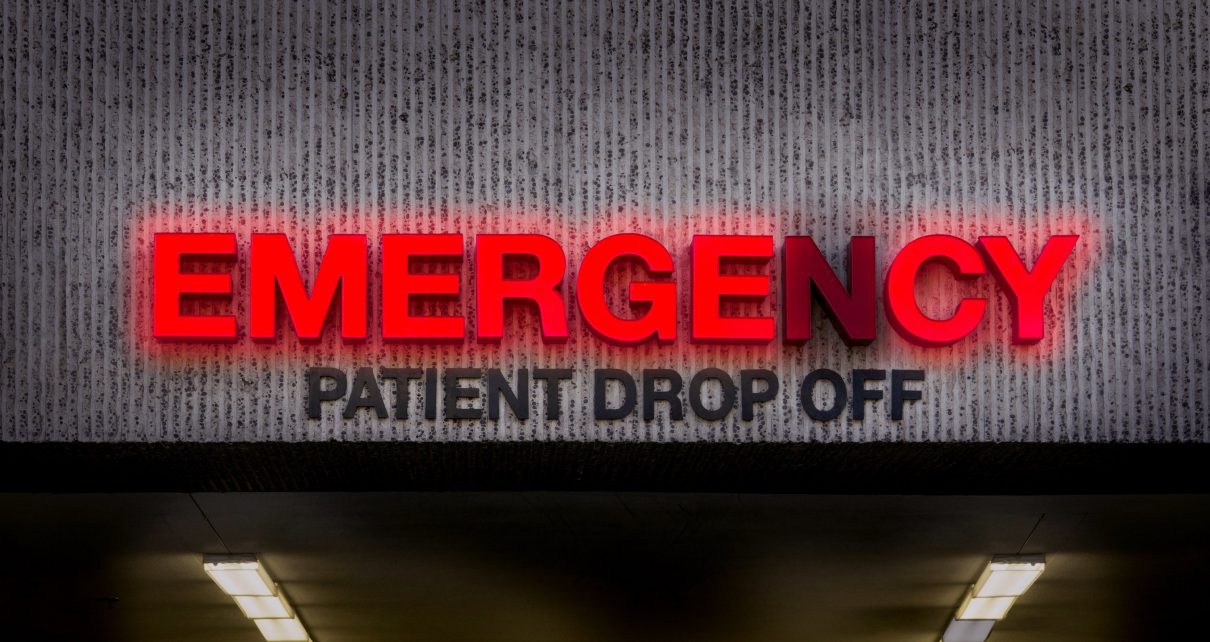A psychotic Black woman admitted to a psychiatric emergency room is discharged “to the streets,” despite being pregnant and disorganized. Several white health care providers, noting her history of methamphetamine use, joke “she’s always like this” and claim she is “at baseline,” suggesting she is inherently inferior and unworthy of treatment. They make no effort to contact her family, provide prenatal care or admit her to the hospital, carelessly disregarding the potential harm to her and her unborn child.
When two Black parents refuse a potentially life-saving organ transplant for their child, the pediatricians consider reporting them to child protective services for neglect. The pediatricians themselves neglect to fully explain the complex medical details to the terrified parents. Only when a consulting psychiatric service recognizes the parents’ legitimate fears and the absence of appropriate education do the pediatricians refocus on improving medical care, rather than reporting.
In neither case is the providers’ medical racism challenged, sanctioned or remediated.
As a physician-educator teaching about racism, my primary goal is ensuring the next generation of doctors never engages in this kind of discrimination, which is common within the American health care system. Unfortunately, existing medical education pedagogies, such as the social determinants of health and cultural competency, do not challenge the racism perpetuated by a predominantly white health care workforce charged with caring for a racially diverse public they do not represent. They are increasingly out of sync with the demands for anti-racism following the murders of Ahmaud Arbery, George Floyd and Breonna Taylor and the coronavirus’s disproportionate killing of Black lives.
Instead, I teach an anti-racist approach informed by Ibram Kendi’s scholarship that helps students identify racism’s far-reaching grasp on health care so they can challenge it and honor their oath to first do no harm. Rather than master a competency, I invite them to begin a lifelong journey intended to excavate the racism, anti-Blackness and white supremacy shaping their profession, their country, and themselves.
Learning the legacy of slavery in American medicine is key to this process. To echo a recent New England Journal of Medicine editorial, “Slavery has produced a legacy of racism, injustice, and brutality that runs from 1619 to the present, and that legacy infects medicine as it does all social institutions.” Ta-Nehisi Coates’ ethical, legal and economic justification for reparations and Carol Anderson’s discussion of the white rage pushing back on Black economic and civic advancement are not typical medical education content. But because they elucidate slavery’s long arc in American history and render parallel arcs in American medicine more visible and less refutable, they are requisite teaching.
My students learn that when health care providers claim a psychotic pregnant Black woman is “just like that” or “at baseline” and discharge her to the streets with no plan for shelter, they are advancing the same narrative of Black mental inferiority and physical imperviousness to harm that 19th-century doctors used to justify slavery. When they report Black families to family services as a form of coercion, in lieu of offering the standard of care by providing education, they are pathologizing their suffering and disregarding their historical mistreatment by the health care system. Failing to hospitalize a medically acute Black pregnant woman is not only negligent. It upholds the assault on Black women’s reproductive health foundational to slavery, maintained through forced-sterilization campaigns lasting into the 1970s, and enduring in their higher risk for maternal mortality today.
Recognizing the legacy of slavery in American medicine enables students to discern contemporary racism. It simultaneously elucidates why, as a Lancet editorial recently stated, “Racism is a public health emergency of global concern. It is the root cause of continued disparities in death and disease between Black and white people in the USA.”
But challenging racism’s deleterious effects requires first identifying its many forms. Camara Phyllis Jones’ classic multilevel framework emphasizes how racism is internalized, operates interpersonally through implicit bias and micro-aggressions, and functions on more macro levels through institutions, policies and ideologies. Racism’s multiple levels can powerfully collide, resulting in dangerous clinical “care.” Using this model, students learn why microaggressions, such as ignoring a patient’s subjective complaint of shortness of breath, are anything but “micro” and can, in fact, be deadly when they intersect with the health care system’s inadequacies. All this must be understood against a background of white supremacy that has lynched and massacred countless Black Americans. Accordingly, white doctors’ silence when white patients hurl racial slurs at their Black colleagues is equally damaging to health.
They also learn how racist policies and ideologies operating outside of health care influence clinical interactions. The War on Drugs, fabricated in the 1970s to push back on Black advancement from the Civil Rights Movement, was reinforced by an ideology of Black criminality and violence perpetuated, in part, by American psychiatrists. Doctors, no less immune to these racist ideologies, are equally prone to the disproportionate punishment and policing of Black lives well-documented in school and law enforcement settings. Common clinical practices, like administering forced intramuscular medication, discharging someone who should be hospitalized, or reporting a family to family services, become coercive when the racism driving them proceeds unchecked.
The ostensible scientific neutrality of clinical decision-making can obfuscate the racism that leads doctors to misdiagnose, deny treatment, silence subjective complaints and pathologize emotional responses. However, recognizing slavery’s legacy and racism’s multiple levels renders such bias more visible, preparing students to engage in anti-racist clinical care. I ask them to disavow the prevailing medical culture that encourages perfection and, instead, admit to being racist in order to become anti-racist.
Challenging racism’s multiple levels and historical arcs is an established anti-racist approach but not a common one in medical education. My best hope is that in the absence of broader accountability from the health care system, this kind of education will not only prevent students from participating in the clinical racism I described earlier. It will provide shared language for them to collectively speak out and heighten their conscience and consciousness enough so they first do no harm.
Unfortunately, the next generation of doctors is training within a health care system steeped in racism. They are demanding anti-racist medical education from majority-white faculty unequipped to train them. The white fragility of academic medicine, which is dominated by white male leadership, may impede meaningful anti-racist educational reform. Furthermore, there are few effective outlets for reporting discrimination and remediating it. As students become more familiar with anti-racist pedagogy, they are bound to report racism at academic medical centers more frequently. The process is likely to be contentious. Following an incident during a lecture on gender-based violence at the University of Washington School of Medicine, for example, a coalition of Black students recently called for the removal of three professors for “anti-Black, racist” behavior.
If my recent discussions are any indication, the next generation of doctors is primed to name and identify the racism that stripped George Floyd of his life and to leverage the weight of their authority to protect rather than harm their patients. They are simultaneously seeking structural reforms to ensure sustained equality. The question is: Are the academic medical centers where they train prepared to teach them to do so?




